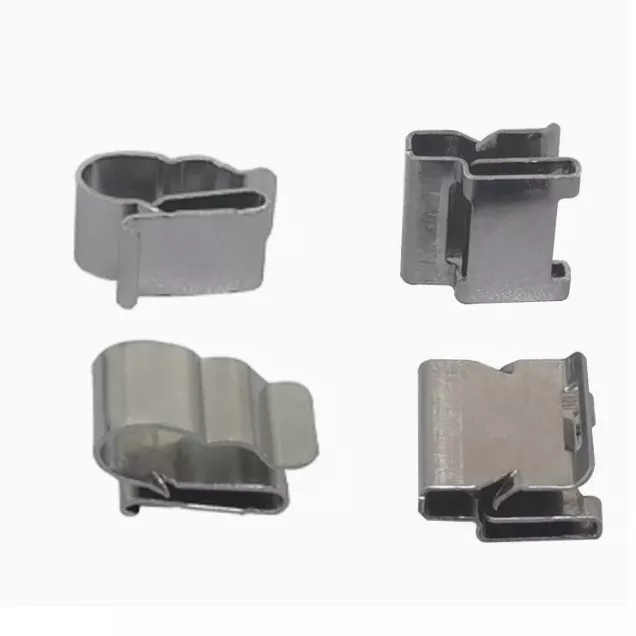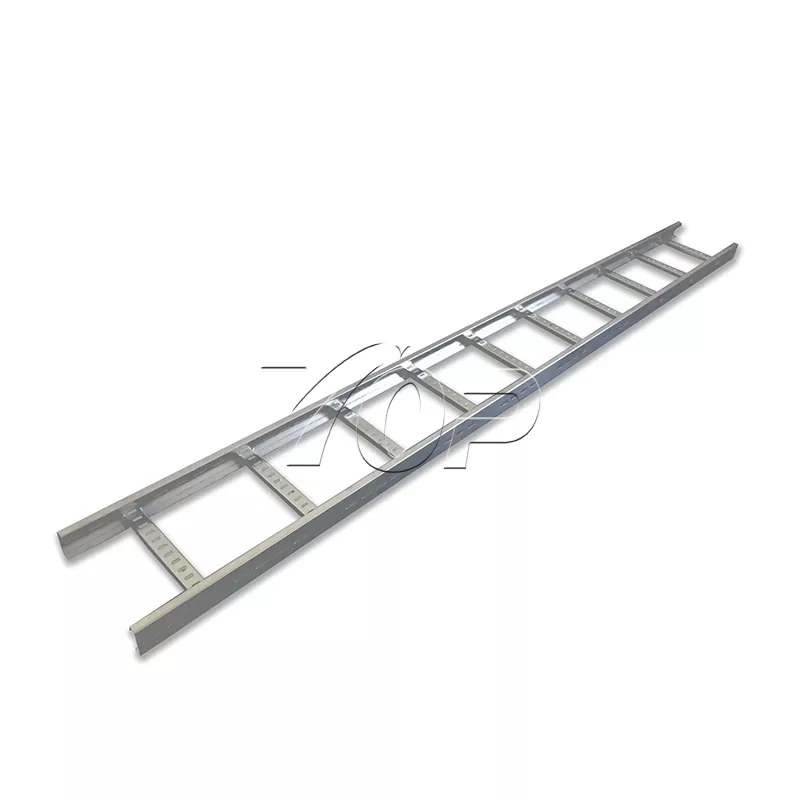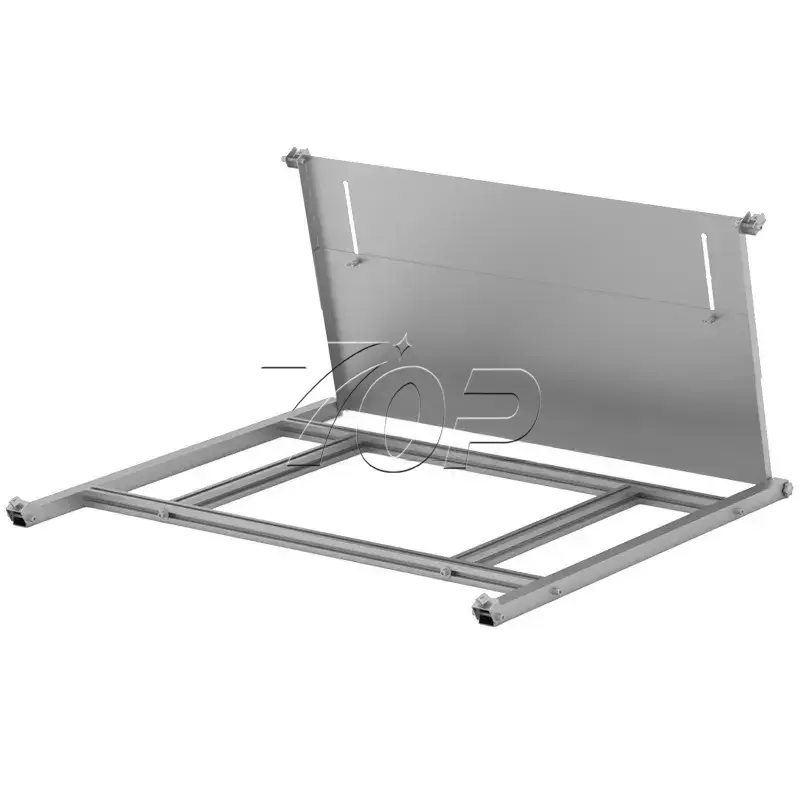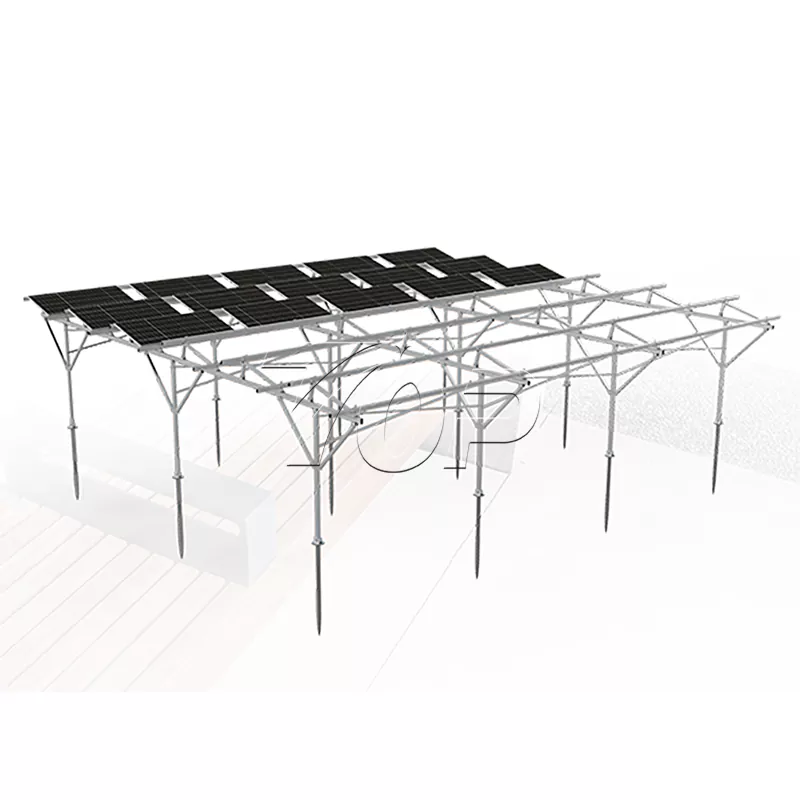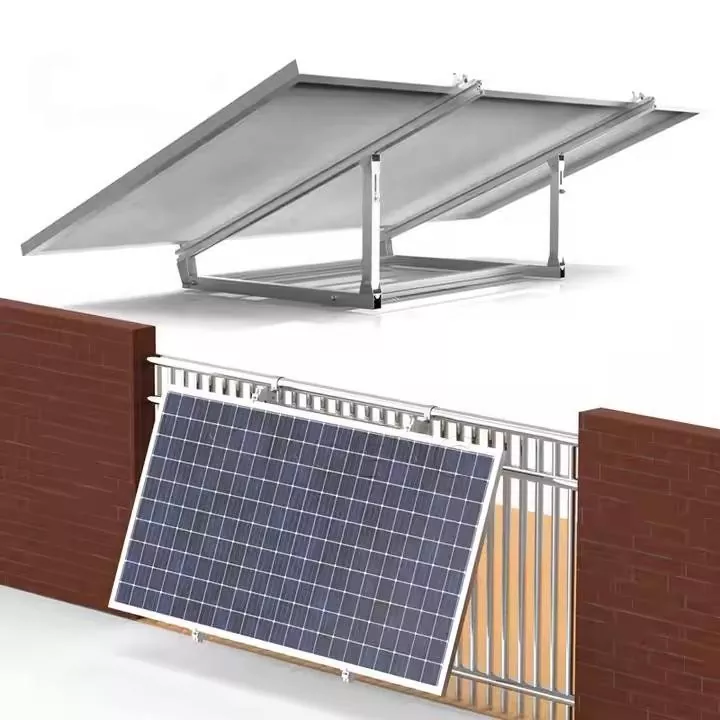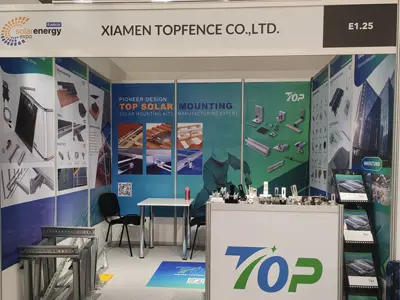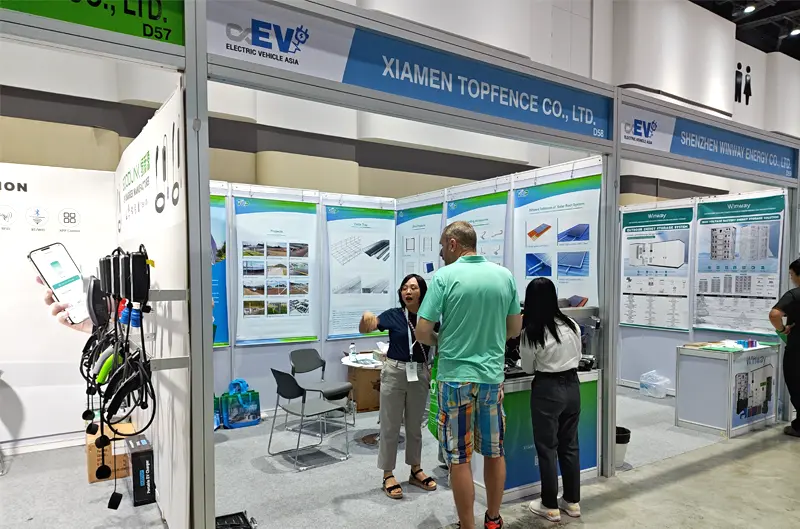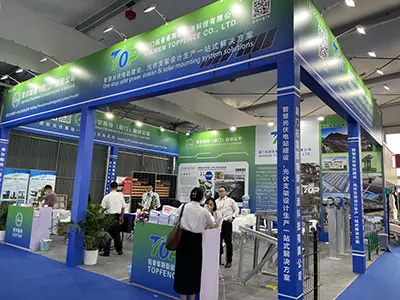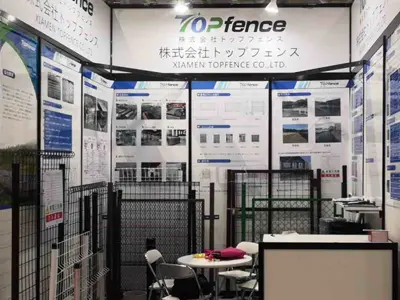Can Solar Panel Roof Mounts be Adapted to All Roof Types?
Solar panel roof mounts are load-bearing devices deployed on the top of buildings to anchor solar panels. Their research and development concept focuses on compatibility with diversified roof structures. Solar panel roof mounts are mainly composed of alloy frames and standardized components. They rely on structural mechanics reinforcement design to achieve gravity dispersion, while maintaining the stability of the photovoltaic array and reducing the burden on the roof bearing system. Its technical advantages are reflected in the prefabricated assembly mode and adaptive adjustment mechanism. By dynamically adjusting the installation parameters to match different roof characteristics, it achieves the dual goals of optimizing power generation efficiency and protecting building structures.
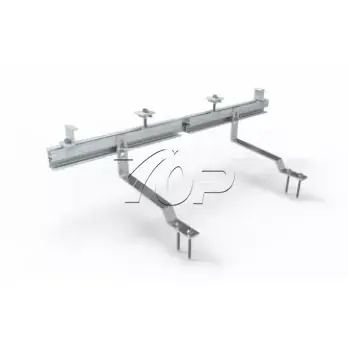
The actual deployment of solar panel roof mounts requires a comprehensive evaluation of parameters such as roof surface properties, inclination angles and load limits. In the face of a variety of covering materials, the system needs to be equipped with differentiated anchoring components to ensure interface bonding strength.
In response to changes in roof slopes, solar panel roof mounts are equipped with a multi-directional adjustment mechanism to achieve inclined surface adaptation, but engineering customization and development is still required for complex non-standard roof forms. Flat roofs usually rely on counterweights or penetration fixings, while pitched roofs rely more on a combination of hooks and rails.
- Where can Grp Grating be Specifically Applied?
- Why Choose Bulk Solar Panel Protection Mesh?
- Why is Aluminum Solar Panel Rails Becoming Increasingly Popular?
- Why Is the Ground Mount Solar System Developing Rapidly in Modern Power Systems?
- Solar Accessories: Essential Add-Ons to Maximize Your Solar Power System
- Solar Panel Roof Mounts: Secure, Efficient, and Weatherproof Installations


